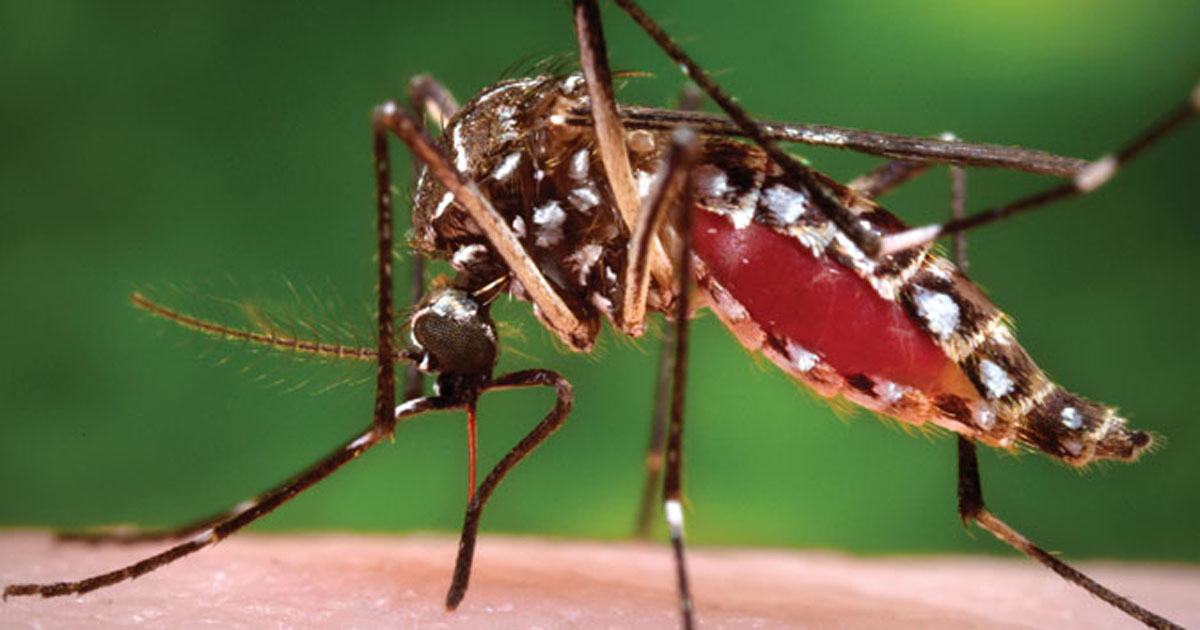Portable device detects dengue, Zika in individual mosquitoes

SAN FRANCISCO — Researchers developed a highly sensitive quantitative PCR, or qPCR, method for the detection and quantitation of dengue and Zika virus in individual mosquitoes using the portable Hyris bCUBE device, introducing a new tool for mosquito surveillance in areas facing outbreaks, according to data presented at ASM Microbe.
“I joined a lab that studies microbe and mosquito interactions to facilitate the development of control strategies to limit vector-borne disease, which can be accomplished in several ways like generating genetically modified mosquitoes,” Natalie Rutkowski, a postbaccalaureate student at the Johns Hopkins Bloomberg School of Public Health, told Infectious Disease News.
“Dr. George Dimopoulos, my [principal investigator] has a collaboration with Hyris, who provided the bCUBE to us and that is how we got started trying to develop a reliable diagnostic virus assay for detecting Zika, dengue and other pathogens within mosquitoes.”
After developing the field-deployable assay, Rutkowski and colleagues compared the bCUBE device against a laboratory standard qPCR instrument, the StepOne (Applied Biosystems). Results showed that the Ct values of Aedes housekeeping genes from the two devices demonstrated a 97% correlation coefficient, suggesting reliable and accurate results from the Hyris system, Rutkowski and colleagues reported.

Additionally, the team developed optimized dengue and Zika primers to suit the bCUBE technology, allowing for RNA from both viruses to be detected from individually infected mosquitoes. According to the researchers, comparison between infection prevalence by plaque assay and bCUBE demonstrated an overall 95% correlation when tested with batches of 219 known positive and negative samples.
Rutkowski said that viral RNA could be detected in whole mosquitoes, midgut, head, thorax and leg samples at various time points.
“In the future, we hope to collect test samples from certain endemic regions,” Rutkowski said. “Furthermore, we would like to take it to the field where the viral outbreaks are occurring [or where the viruses are endemic] for the final validation of our aims.” – by Caitlyn Stulpin
Reference:
Rutkowski N, et al. Development of portable real time PCR method for detection ofZika and dengue in Aedesmosquitoes. Presented at: ASM Microbe; June 20-24, 2019; San Francisco.
Disclosures: Rutkowski reports no relevant financial disclosures.






